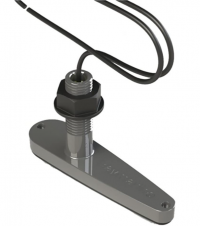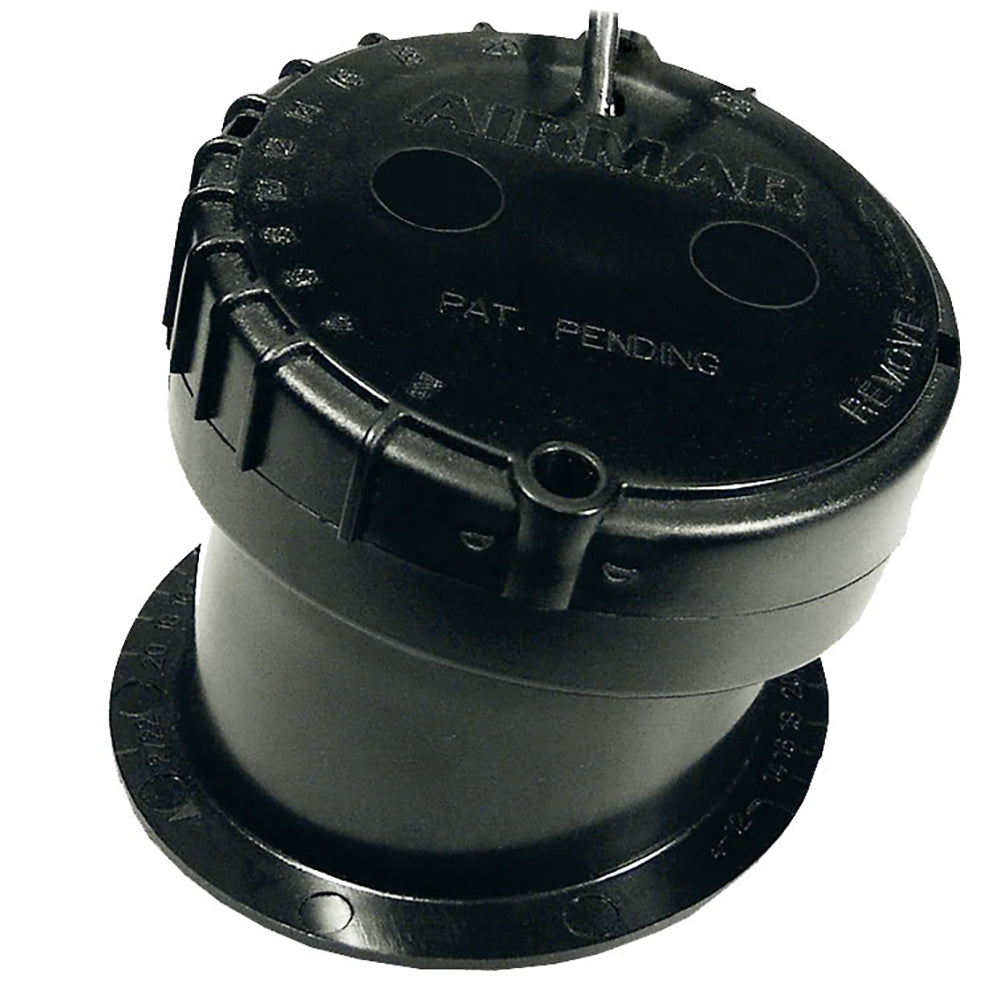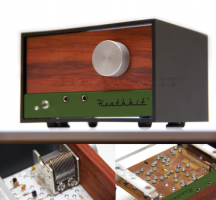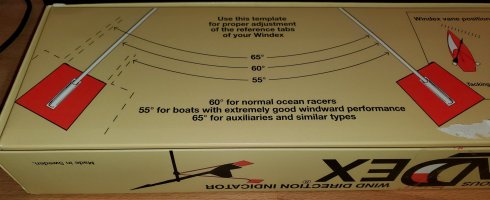Hey there, fellow land-locked sailors. My new-to-me E26-2 pretty much only has a VHF that works (well, it makes noise when I turn it on). The original depth and speed gauges are dead. If there was ever a compass on the bulkhead, it's long gone too. So, only sailing on my small lake in Kansas (~11000 acres), what should I be looking at as minimum equipment? Things like chart plotters, AIS, and radar are obviously a waste.
I grew up sailing dinghies on a MUCH smaller lake. We had telltales on the sail and the wind on our faces. We thought it was quite an upgrade when we got a windvane for the top of the mast. So, this is all new to me.
Appreciate your insights.
I grew up sailing dinghies on a MUCH smaller lake. We had telltales on the sail and the wind on our faces. We thought it was quite an upgrade when we got a windvane for the top of the mast. So, this is all new to me.
Appreciate your insights.


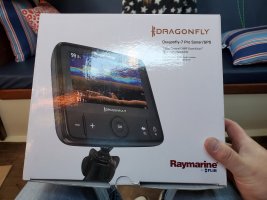
 I haven't powered it all up yet.
I haven't powered it all up yet.
